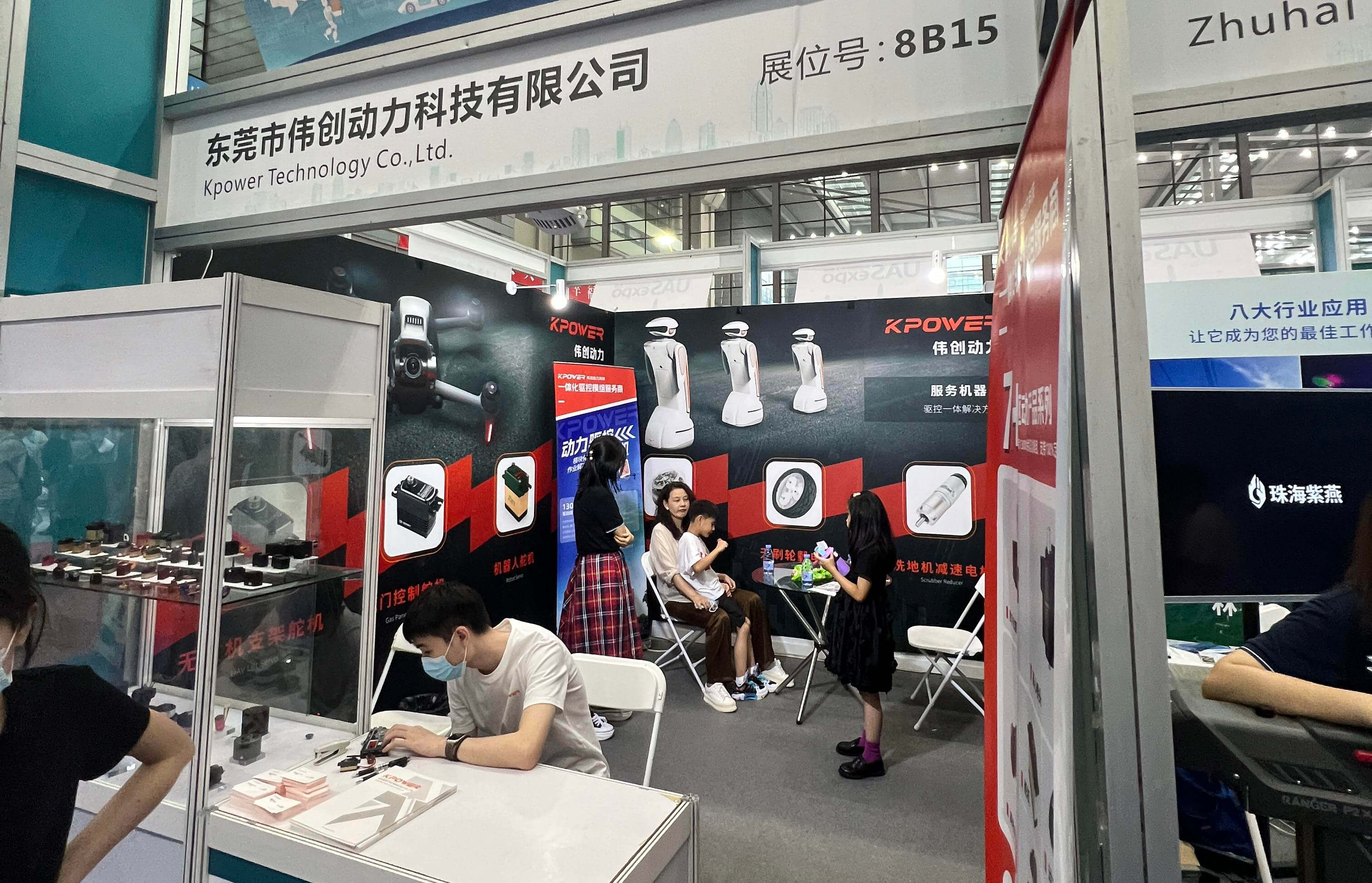Certainly! Here’s the first part of a soft, engaging article on “Servo Motor Arduino Example Code”:
Imagine a world where machines move with the grace and precision of a ballet dancer, where a simple device can change the course of your creative projects from mundane to extraordinary. Welcome to the fascinating intersection of Arduino and servo motors—a realm where engineering meets artistry, and your ideas come to life with just a bit of code and some clever hardware.

Whether you're a beginner eager to dip your toes into electronics or an experienced maker looking to refine your projects, understanding how to control servo motors with Arduino is a fundamental skill that can transform your approach to robotics, automation, or even kinetic art. But before jumping into complicated schematics and complex code, let’s explore what makes servo motors so special.
What are servo motors? Simply put, a servo motor is a rotary actuator that allows precise control of angular position, speed, and acceleration. Unlike regular motors that just spin continuously, servo motors are designed with a built-in feedback system—usually a potentiometer—that constantly updates the controller on their position. This enables them to hold a position accurately or move to a specific angle commanded by a program.
This characteristic makes servo motors ideal for applications like robotic arms, camera gimbals, remote-controlled vehicles, and even tiny automation projects. Their ease of control, combined with affordability, makes them the perfect choice for hobbyists and professionals alike.
The magic of Arduino Arduino, on the other hand, is an open-source electronics platform based on easy-to-use hardware and software. It acts as a bridge that brings your ideas to life, translating your written code into physical actions. With just a few pins, a minimal set of components, and an intuitive programming environment, Arduino makes controlling hardware like servo motors accessible and enjoyable for everyone.
Think of Arduino as the brain of your project, ready to send signals to motors, LEDs, sensors, and more. When it comes to servo motors, Arduino’s simplicity shines through—its built-in functions can directly manipulate motor positions with just a few lines of code.
Getting started: your first servo motor project The process of controlling a servo motor with Arduino usually involves these key steps:
Connecting the hardware—plugging the servo motor's pins into the Arduino and power source. Writing the code—using Arduino's Servo library to specify how the motor should behave. Uploading and testing—sending the code to your Arduino and observing the magic happen.
Let’s walk through each step to make your first servo project as seamless as possible.
Hardware essentials You’ll need a few basic components:
An Arduino board (Uno, Nano, or any compatible model) A servo motor (common models include SG90 or MG995) Jumper wires A power supply if your servo requires more current A breadboard (optional, for cleaner wiring)
Wiring it up Most small servo motors have three wires: power (usually red), ground (black or brown), and signal (yellow, orange, or white). The connection is straightforward:
Connect the red wire to the 5V pin on Arduino. Connect the black or brown wire to GND. Connect the yellow/orange/white signal wire to a digital PWM pin (e.g., pin 9).
If your servo draws more current, consider powering it with an external power supply, ensuring the grounds are shared.
Sample code—your first servo command Before diving into the code, ensure you include the Servo library, which simplifies control over servo motors. Here’s a basic example that rotates the servo to 0°, then 90°, then 180°, pausing briefly at each position:
#include Servo myServo; // create servo object void setup() { myServo.attach(9); // attaches the servo on pin 9 } void loop() { myServo.write(0); // move to 0 degrees delay(1000); // wait 1 second myServo.write(90); // move to 90 degrees delay(1000); // wait 1 second myServo.write(180); // move to 180 degrees delay(1000); // wait 1 second }
Upload and see the magic Once you upload this code to your Arduino, the servo should smoothly rotate between the specified angles, pausing for a second at each. This simple exercise lays the groundwork for more complex movements, automation sequences, or interactive projects.
Next steps—expanding your control Advanced projects might involve programming continuous or variable speeds, integrating sensors for feedback, or orchestrating multiple servos simultaneously. The key lies in understanding how to manipulate myServo.write() with varying angles or even incorporating smooth transitions.
Stay tuned for Part 2, where we'll explore more sophisticated example codes, troubleshooting tips, and ideas to push your Arduino servo motor projects further. Whether you’re aiming to build a robotic arm, animate an art installation, or create an automated camera system, mastering servo control is your first step into an exciting world of creative electronics.
Would you like to continue with Part 2 now?
Established in 2005, Kpower has been dedicated to a professional compact motion unit manufacturer, headquartered in Dongguan, Guangdong Province, China.




































